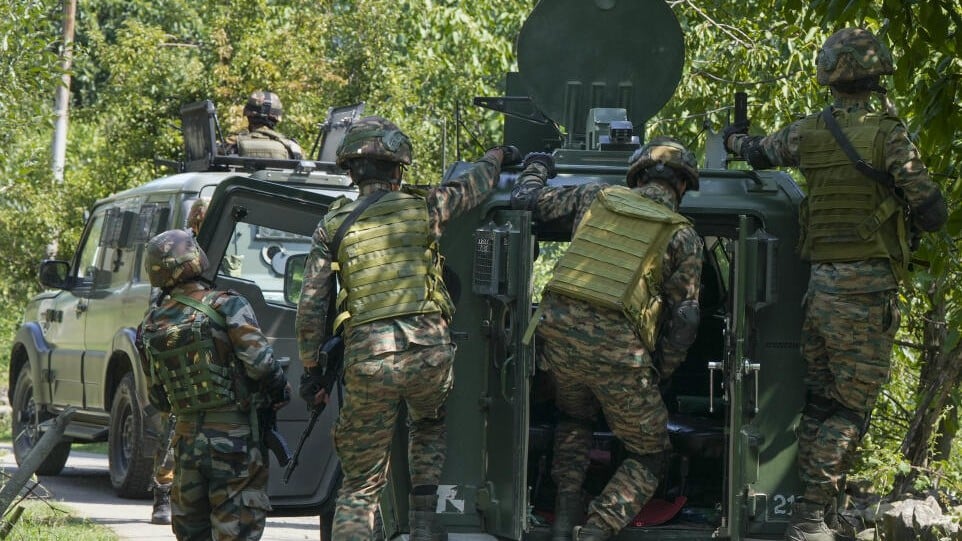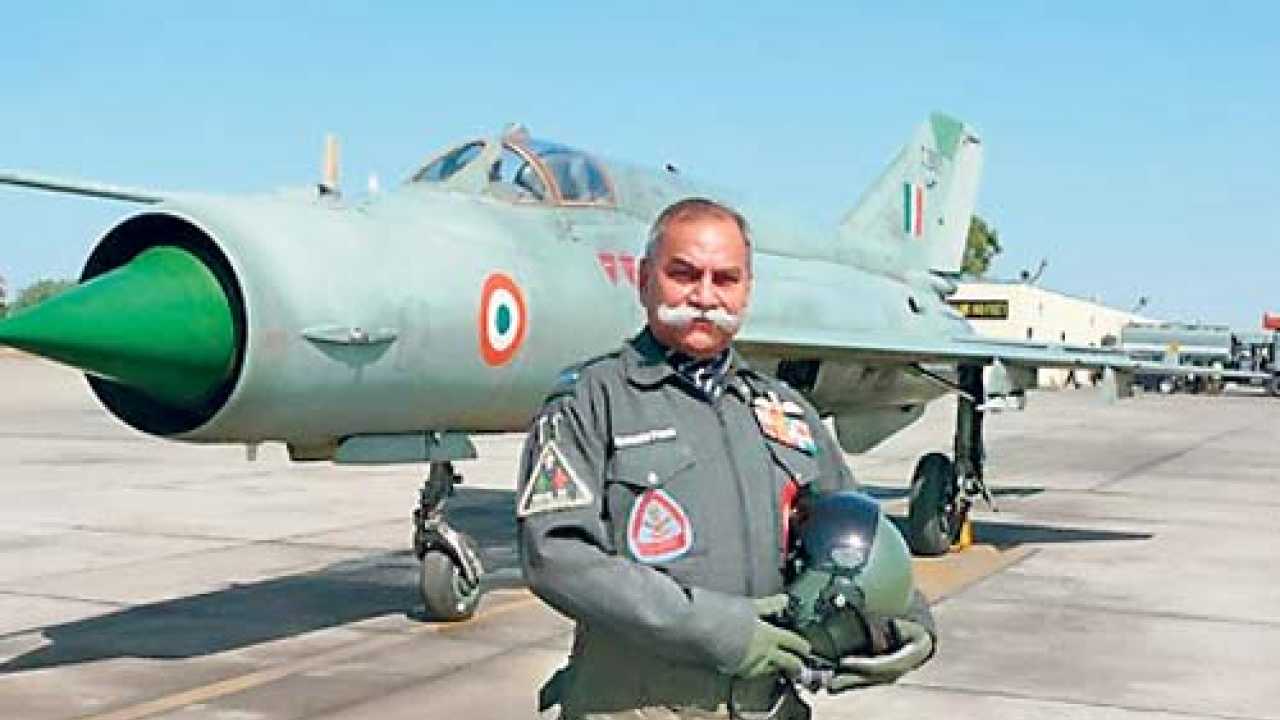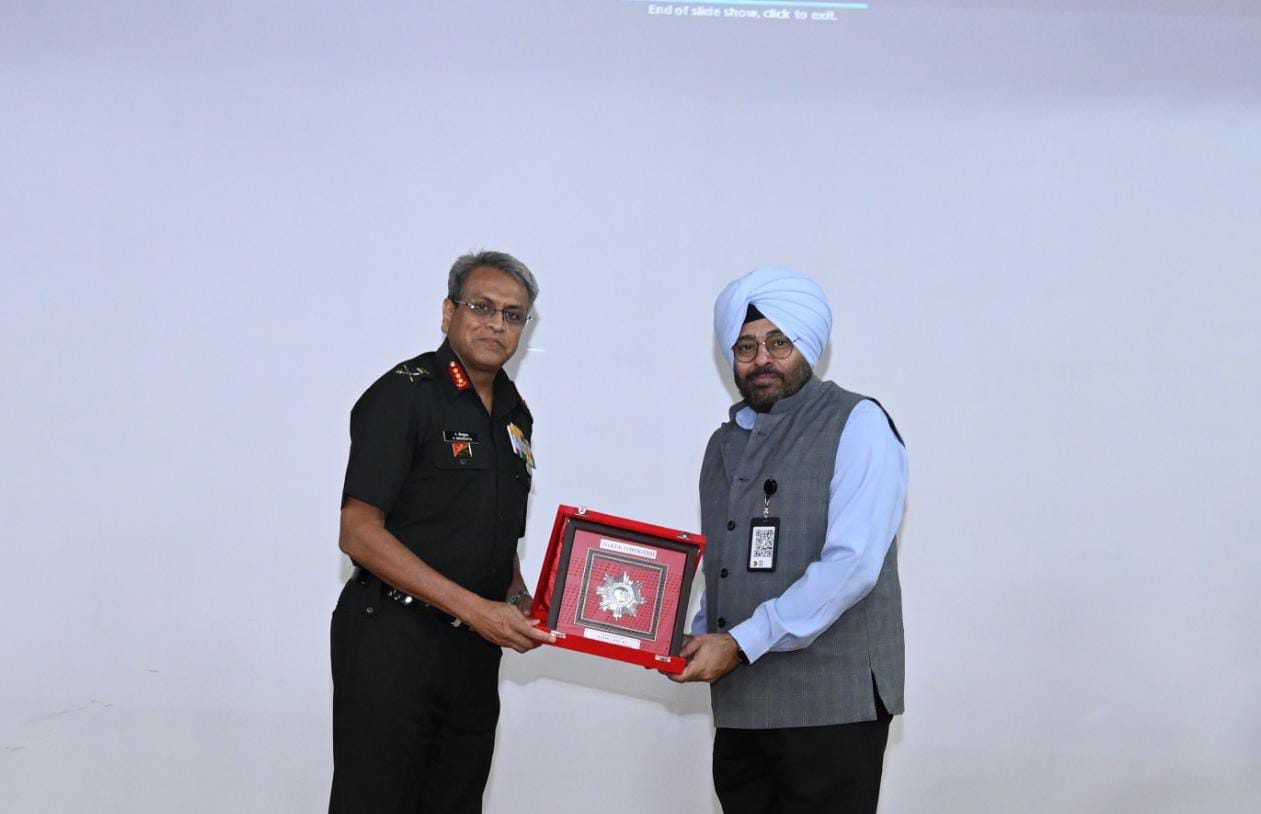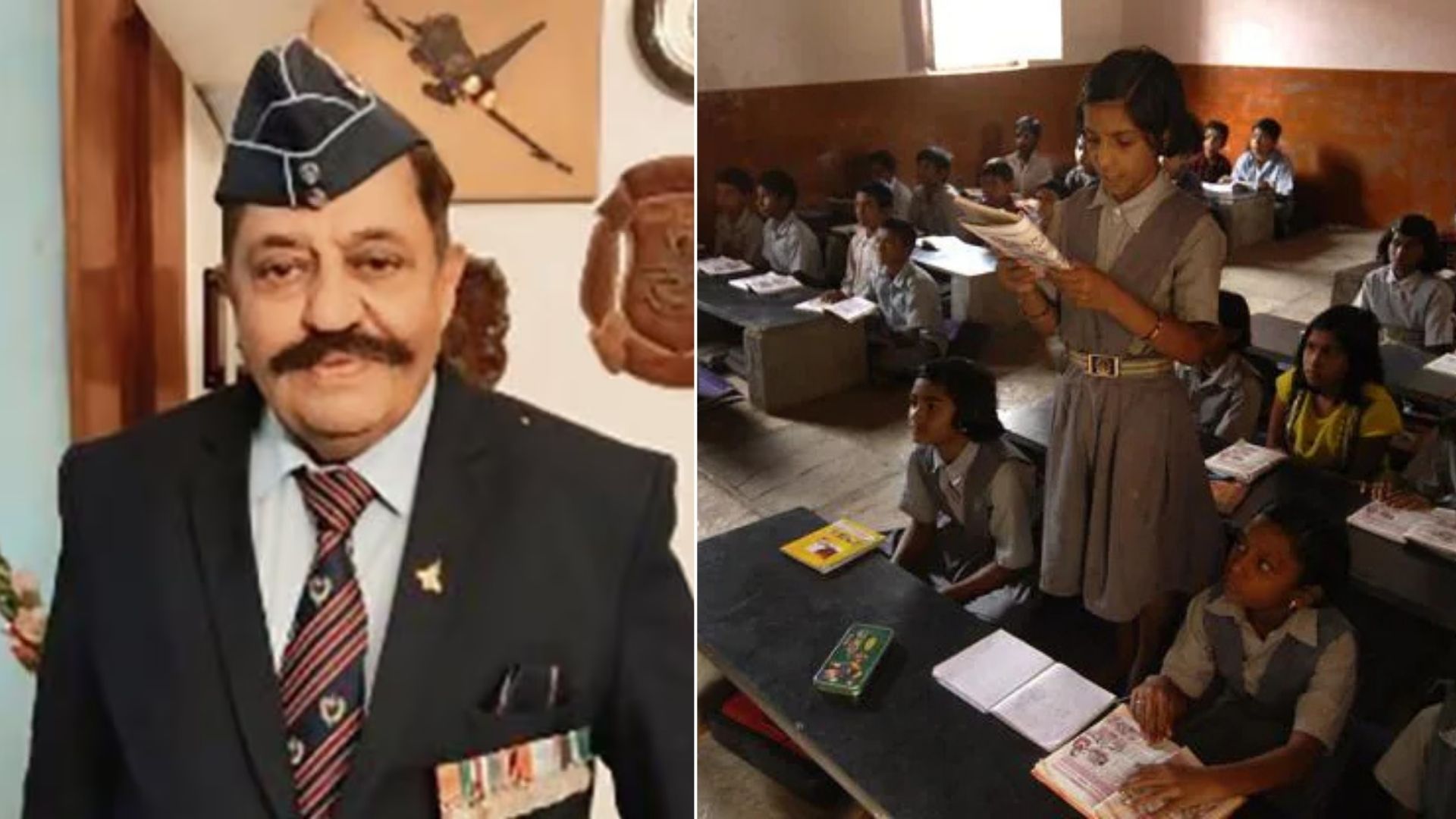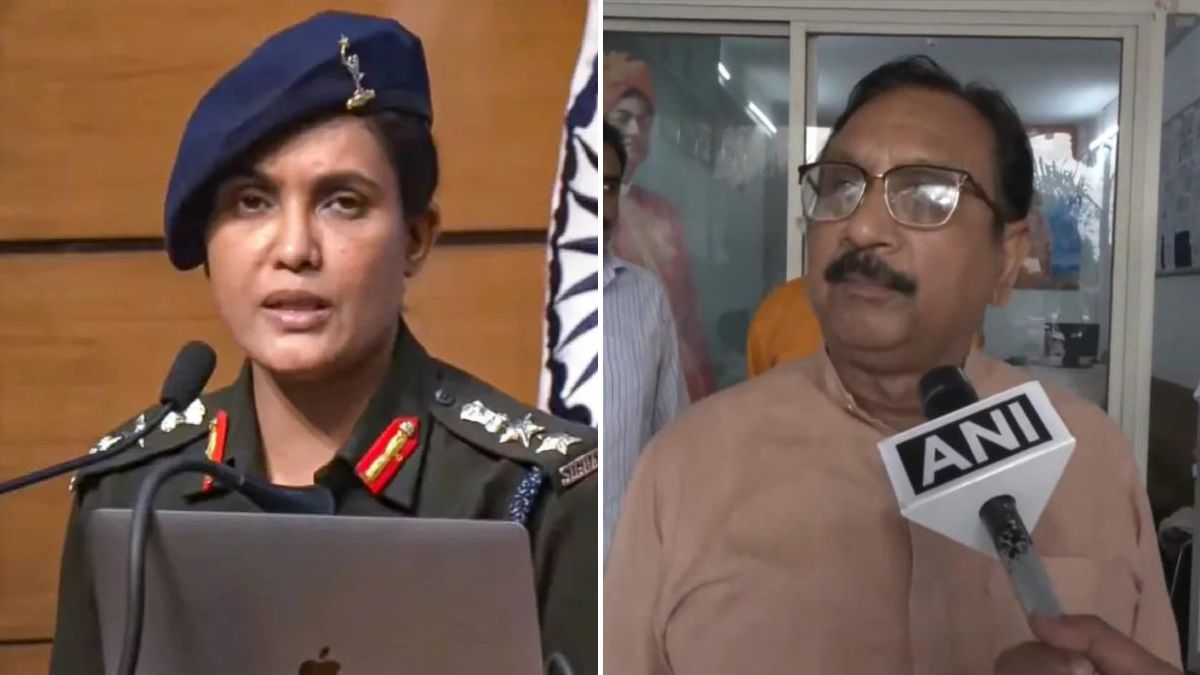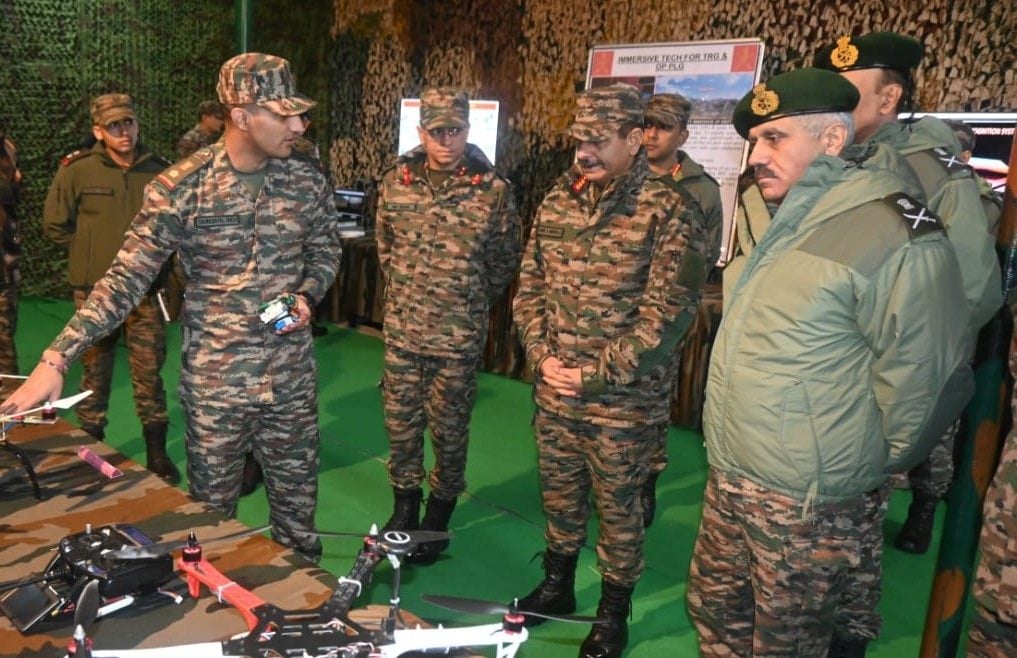NIA Begins Probe Into Killing of Pahalgam Attack Mastermind in Srinagar Encounter
The National Investigation Agency (NIA) has initiated an investigation into the killing of Sulieman alias Asif, the alleged mastermind of…
MiG-21’s Final Chapter: Air Commodore Tyagi (Retd) Seeks One Last Sortie at 83
As the Indian Air Force prepares to bid farewell to its iconic MiG-21 Bison fleet by the end of 2025,…
Seminar at Central Command Highlights Deep Civilizational Ties Between India and Tibet
A seminar exploring the long-standing civilizational and cultural ties between India and Tibet was held at the Headquarters Central Command…
NCERT’s Decision to Include Operation Sindoor in Textbooks Earns Praise from Army Veterans
The National Council of Educational Research and Training (NCERT) has decided to include ‘Operation Sindoor’ in school textbooks, drawing strong…
Supreme Court Slams MP Minister Vijay Shah Over Inadequate Apology to Col Sofiya Qureshi
The Supreme Court on Monday expressed serious dissatisfaction with Madhya Pradesh Minister Kunwar Vijay Shah’s apology over his defamatory remarks…
Indian Army Tests AI and Surveillance Tech in High-Altitude ‘Divya Drishti’ Exercise in Sikkim
The Indian Army has tested a suite of advanced surveillance and artificial intelligence technologies during a high-altitude military exercise named…

